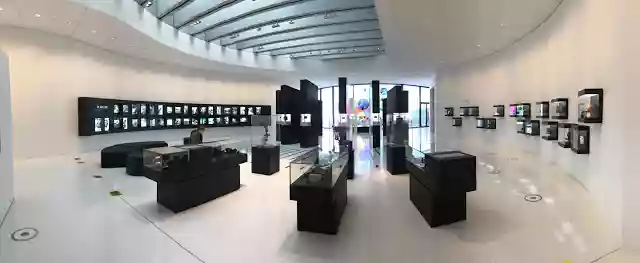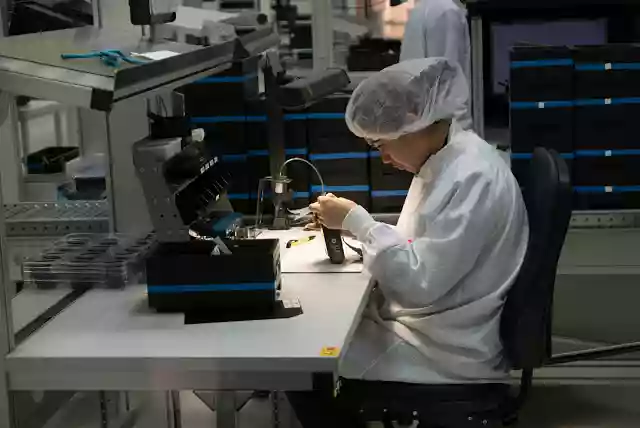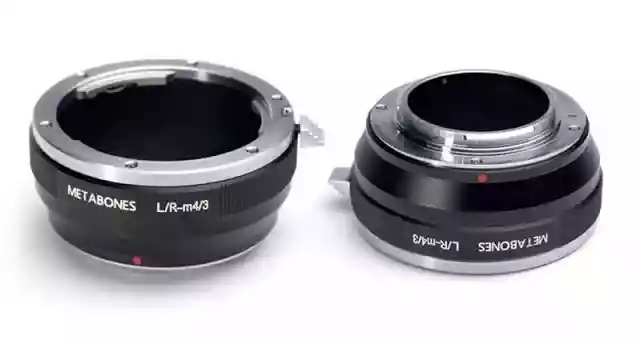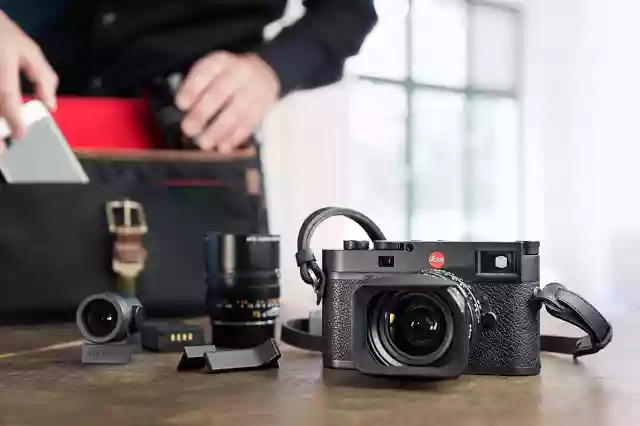- Call us: 01444 237070
- Contact Us
- Stores
- Sign In / Register
-
- Back
- Used Cameras
- Used Accessories
- Used Lenses
- Used Video
- Used Film Equipment
- Used Stock Alert
- Used Blank Test
- Sell or Part Exchange
- Used Clearance
- Recently Added Used Equipment
- Park Picks
- All Used Black Friday Deals
- Faulty
- Trade-In
- Blog
- New in
- Call us
- Contact us
- Stores
- Sign in
- Categories
- Tips & Inspiration
- Reviews
- News
- Events
- Features
- Buying Guides
- Competitions
Why Leica Cameras Are Worth The Cost
It's no secret that Leica cameras tend to appear in the 'sort by price high to low' filter on our site, and it's probably no surprise that a Leica holds the record for the most expensive camera ever sold.
To some, the price of a Leica is unjustifiable, but to others the price is just part of a bigger picture that tells us why Leica cameras are so prized and sought after.

In this article I'm going to talk about why a Leica camera is considered to be expensive, but why that label doesn't tell the full story.
Leica Cameras Aren't Actually Expensive
A controversial statement, I know. Bear with me.
Leica cameras are premium products that represent excellent value for money, which means that when you buy one you're making an investment.
I'll discuss the benefits of the actual product later, but for now just consider what you get when you buy a Leica. Unlike other cameras, Leica's retain their value surprisingly well, which means that if you should ever want to resell your camera a few years down the line, you'll get back much of what you paid for it.

There are actually some cases where you'll get back more than you paid for it. For example, in the second-hand Leica market, a Leica Noctilux 50mm f/1 lens was around £1800-2000 a few years ago. Now however, those lenses regularly go for over £5,000.
OK, so that's an extreme example, but such is the demand for second-hand Leicas that if you had spent £4,000 on a Leica M (Typ 240) a few years ago, it would command between £2,000 to £3,000 today depending on the condition. That's less than 50% depreciation, far less than many other digital cameras.
Considering the resale value and that many Leica cameras last for decades, the actual cost of ownership can be very low.
Many Leica Cameras Are Handmade
This is a big one, and a leading reason as to why Leicas are so sought after and why they're considered to be such a premium product.
Many Leica cameras, most notably the M10, are handmade in Germany as Leica's have been for more than 100 years, where labour costs are much higher than many where many other digital cameras are manufactured.

The Leica factory is a clean, sterile environment where each camera is hand assembled by skilled craftsmen and women who use techniques that have been learned through the company's rich history. The people who make Leica's are highly skilled at what they do and are paid well for it.
These two videos do a good job of showing what goes in to making a Leica camera.
This video is from 2012 and shows a limited edition Leica M9-P being assembled into its packaging.
It's worth noting that not all Leica products are handmade in Germany, many are made in other countries around the world, but they are all made to the same high standards.
The Leica Look
It's a difficult thing to describe 'the Leica look' - that unmistakable buttery glow that images shot with Leica glass have, but if you've ever shot with a Leica lens, you'll know exactly what it means.

There are many lenses by many manufacturers that are pin sharp, many that edge-to-edge sharpness, many that have a nicely rounded diaphragm for nice bokeh, and many that have excellent contrast - but none that do all those things quite like a Leica lens does.
There's an excellent article over on Art Photo Academy from Irakly Shanidze that explains what the Leica look is in more detail.
Leica Lenses Are Adaptable
The rise of mirrorless cameras has led to a similar rise in the popularity of lens adaptors, and Leica lenses haven't been left out of this trend.
Although part of the distinctive appearance of Leica images is down to the quality of the imaging sensor and the rest of the camera itself, the driving force being the 'Leica look' is the lens.

One of the key advantages of Leica lenses it that their use isn't restricted to Leica cameras. With a simple adaptor, you can use a Leica lens on a wide range of other cameras, including the Sony E-mount and Olympus & Panasonic Micro Four Thirds cameras.
So if you're not in a position to add a Leica camera to your collection, you can still benefit from a Leica lens with a third-party camera.
Leica's Are Worth The Premium
With every camera or lens they make, Leica take an uncompromising dedication to the quality of the product. They say that good things always take time, but absolute perfection take a little longer.

When you consider the resale value of Leica cameras and lenses, the longevity of their products - they are known to last a lifetime, the fact that many are handmade by highly skilled experts in their Wetzlar factory, and the unique look and feel that only images made with a Leica have, it's easy to see why they are a premium product that commands a higher price tag than their competitors and offer value for money at the same time.
Check out our full range of Leica cameras and Leica lenses over on the website or visit our knowledgeable staff in store to discuss Leica in more detail.
Share this post:
By Park Cameras on 02/11/2017

Trade in your old equipment
Fast and easy trade in service ensures your old gear is collected efficiently and you are paid quickly! It's very simple to trade in your unwanted photography gear. Just head over to our dedicated Sell or Part Exchange page, fill out the details, and we'll get back to you with an offer for your old gear. Take the cash, or put it towards the cost of your new gear. It's up to you! Find out more
sign up to the newsletter
Keep up to date on the latest photography news, events and offers. Sign up now
